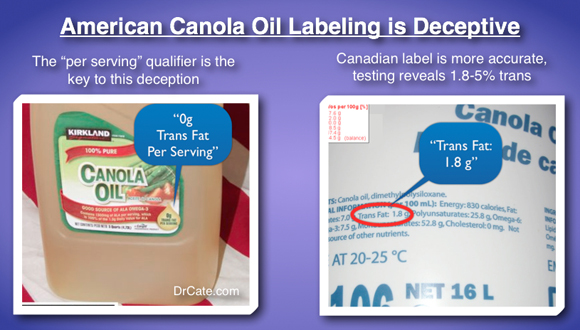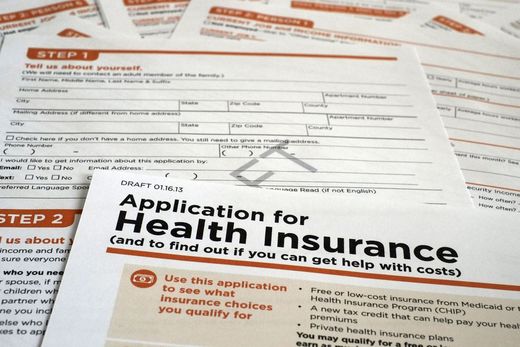The International Dairy Foods Association (IDFA) and the National Milk Producers Federation (NMPF) have filed a petition with the FDA
1 requesting the agency "amend the standard of identity" for milk and 17 other dairy products.
This was done to provide for the use of any safe and suitable sweetener as an optional ingredient - including non-nutritive sweeteners such as aspartame to deceive you by not having to indicate its use on the label.
It's a move that could endanger your health for decades to come, and disproportionally harm underprivileged children who rely on school lunches for the bulk of their nutrition.
If the amendment goes through, that would mean anytime you see the word "milk" on the label, it could include
aspartame, sucralose, or any other dangerous artificial sweetener, but you could never be quite sure, since there will be no mention of it - not by listing the artificial sweetener used, nor with a no- or low-calorie type label, which is a tip-off that the product might contain a non-nutritive sweetener.
The IDFA and NMPF claim the proposed amendments would "promote more healthful eating practices and reduce childhood obesity by providing for lower-calorie flavored milk products" since many children are more inclined to drink flavored milk products than unflavored milk.
According to the Federal Register:
"[T]he proposed amendments would assist in meeting several initiatives aimed at improving the nutrition and health profile of food served in the nation's schools. Those initiatives include state-level programs designed to limit the quantity of sugar served to children during the school day."
As if that's not nonsensical enough, the IDFA and NMPF argue that the proposed amendments would "promote honesty and fair dealing in the marketplace." How could altering the definition of "milk" to include unidentified artificial sweeteners possibly promote honesty or fair dealing in the marketplace, you might ask? Read on...



Comment: Read the following articles carried on SOTT.NET to learn more about how the DSM-5 is a financial boon for Big Pharma:
Profit Motive? Big Psychiatry Invents and Redefines Mental Illnesses
Harvard Expert Ties Mental illness to Big Big Pharma's Agenda Since the 1980's
The American Psychiatric Association's DSM5 proposal for ADHD - Making lifelong patients of even more healthy people
Why the newest Psychiatric Diagnostic Bible will be a boon for big pharma: